The popularity of the color indigo for arts, crafts, and design has seen a steady increase over the last six to twelve months with more and more people reaching out and asking for colors that compliment indigo as well as for an outright indigo substitute. Due to the higher than usual interest, we have decided to publish this article where we will be going over some of the more common indigo alternatives and covering how you are able to use them to replace indigo paint as well as how they work as a complementary color to indigo.
It doesn’t matter if you are using oil, acrylic or watercolor paint, the pigment chart for the featured colors in our article should be almost identical offering similar results. That said though, there are a few slight tweaks between some brands where the exact color of the alternative color may be ever so slightly different but this tends to be rare.
Due to covering so many alternative colors to indigo in the article, we have added a table of contents below. If you want to quickly skip to a specific section of the article then you are able to use the table of contents to do so. If you are looking into using indigo and its alternatives or complimentary colors for general arts and crafts though, it may be a better idea to at least skim over the whole article rather than skipping sections.
Is Indigo Blue Or Purple?
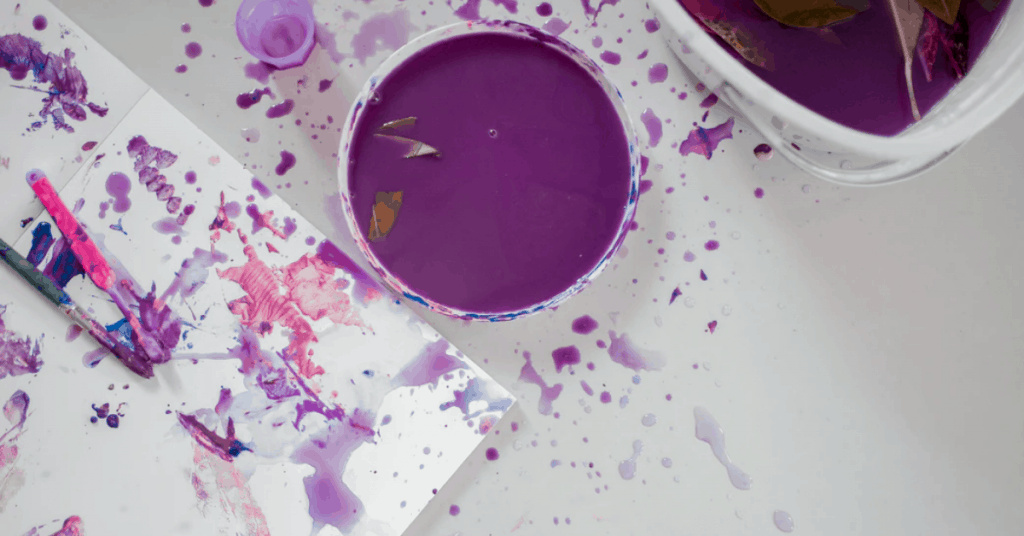
As you may guess if you are on the hunt for alternatives for indigo, many people often ask if indigo is a blue or a purple to try and help them choose alternative options or complementary colors as best they can. Although there is a fair amount of debate on if indigo is a blue or a purple with personal opinion often coming into it, there is actually a factual answer based on the pigments used to make indigo paints.
Although indigo appears to be a purplish blue, it is actually halfway between blue and violet on the color spectrum. In turn, violet is halfway between blue and purple on the same spectrum meaning that the color indigo is three-quarters blue and one-quarter purple making it closer to what most people would consider blue than purple.
That said tough, that is the modern version of the indigo color and the original term “indigo” actually referred to a very dark blue dye with no purple used in it at all. Over the centuries, the color that the term indigo is used to describe for painting has evolved to what we would visualize today with the purple tint.
Indigo Vs Violet
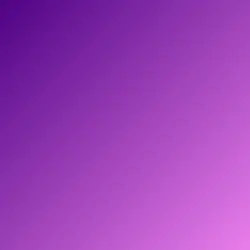
Due to indigo being between blue and violet on the color spectrum, it should come as no surprise that the indigo vs violet comparison is the most common request that we see when it comes to alternatives for indigo by a long shot. As you can see from our color comparison sample above between the two, indigo is considerably darker than violet when you see the two side by side.
Depending on exactly what you are trying to do with your artwork, a decent violet paint may be able to work as a substitute, especially if you mix a little bit of a blue paint in with it to darken it up a little. That said though, indigo and violet do tend to go together well in the same artwork due to the complementary nature of the two colors making a tube of indigo paint a solid addition to your collection.
Both Indigo and violet do tend to work well as stand alone color options for arts and crafts while also tending to perform well when mixed with other colors too. If you are only able to add a single tube of paint to your collection and are tied between a tube of indigo and a tube of violet then we would generally recommend that you actually go with a tube of violet paint over the indigo.
This is due to the violet paint being the lighter color and tending to offer you more versatility than the indigo when mixed with other colors. On top of this, you are always able to take your violet, add a little of it to your palette and mix a little blue to it and get your own indigo without needing an actual tube of it due to indigo being a mixture of violet and blue.
If you remember from our explanation earlier in the article, the main difference between indigo and violet is that indigo is three parts blue to one part violet where as violet has not other colors added to it. If you do want to mix up your own batch of indigo then stick that that three to one ratio and you should be good to go and be able to knock out some solid artwork in no time.
On the flipside of that though, due to violet being lighter than indigo, you are able to mix it with a much wider range other other colors that are too light to mix well with indigo due to it being so much darker as shown in our color sample above. If you are a beginner or are on a tight budget and need to keep your costs as low as possible, going with violet over indigo definitely helps to keep your costs as low as possible while ensuring that you get as much as you possibly can out of it.
Indigo Vs Blue
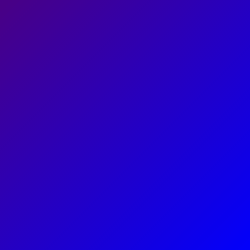
Due to indigo having such a high concentration of blue in it, you can definitely see that it is closer to blue than purple when compared side by side. Our color sample above has a blend of indigo and blue through the middle of it and as you can see, there is minimal purple in there due to the blue overwhelming it completely. Although it is rarer that we see requests for a direct indigo vs blue comparison, we wanted to include it to help support the explanation above on if indigo is a blue or a purple.
When it comes to painting, arts, crafts, and design, blue is usually the safer option due to the massive amount of versatility offered by it due to blue being a primary color. Although many painters do carry a tube of indigo paint in their collection, almost every painter out there will carry a tube of a decent blue as it mixes so well with so many colors.
You are able to make your own indigo if you carry a tube of blue and a tube of purple paint in your collection too with the usual ratio being three parts blue and one part purple. That said though, darker blues will usually need less blue in there to get the overall color to switch to a nice shade of indigo so you have to keep that in mind too. The differences between indigo and blue are obvious to the eye but they can work very well as complimentary colors to each other in a wide range of different types of artwork.
This means that you can use both indigo and purple side by side if you wish or when mixed together to get a totally unique effect depending on the colors that you mix the with. As we touched on earlier, with blue being a primary color you are able to mix that to get almost any other color that you could ever need while the mixing options for indigo are quite limited in comparison.
This is specific to the term blue though as it does tend to cover a range of different shades of blue. On top of this, as we touched on back at the start of the article, different paint brands do tend to have slightly different pigment charts for their own blue so a regular blue from two different brands can look a little different to each other and produce slightly different results when mixed with other colors.
You then get to the stages of navy blue and Prussian blue that we will cover later in that article that are both much closer to indigo than regular blue with the main difference between blue and indigo being that a normal blue is considerably lighter than indigo. As the shade of blue gets darker, the closer and closer it gets to indigo and the mixing options with other colors start to become fewer and fewer.
Indigo Vs Purple
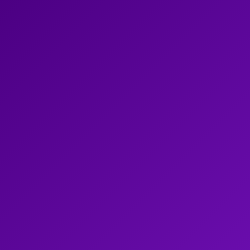
Due to so many people thinking that indigo is actually a purple rather than a blue, we often see requests for a dedicated indigo vs purple comparison. As you can see from our comparison sample between the two colors above, the indigo is clearly a darker color than the purple but the purple in the indigo does make it look like a very close match through the middle of the sample where the two are mixed.
If you are a painter and are looking for a single tube of paint to add to your collection to help keep your costs down then a decent tube of purple paint is probably going to be a better option than a tube of indigo. This is due to the same reasons as above with so many artists already having a tube of blue paint in their collection, you can make your own indigo from a tube of purple paint by mixing it with some of the blue. This helps to keep your costs down as low as possible while also allowing to make your own indigo paint at home that is very close to the color of a store-bought product.
Due to indigo being slightly darker than regular purple when used together, many people may not actually be able to see the difference between them at first glance as you can see from the color sample back at the start of this section. This can sometimes make using both indigo and purple in the same piece of artwork useless, especially if the purple is going to be around dark blues and blacks as the indigo tends to be lost in the other colors.
Indigo Vs Navy Blue
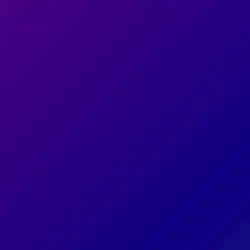
Although the differences between indigo and navy blue are obvious when you see them side by side as shown in the color sample above, a surprising number of people reach out and ask for a indigo vs navy blue comparison. Although many people think that indigo and navy blue are close to each other, you can see that there is a stark, obvious difference between the two.
That said though, both indigo and navy blue do tend to perform very well with each other when used in the same piece of art, especially for the base layers in your canvas for something like a night sky. Although you are able to mix indigo and navy blue together, the subtle purple from the indigo is basically lost so they tend to well as a stand alone color or when mixed with other options.
Although a large number of people will carry a navy blue paint in their collection, many people simply opt to carry a a regular blue as it offers much more versatility. You are able to darken a regular blue with easy-to-make a navy blue while also being able to mix purple with a regular blue to make your own indigo to keep your costs down too.
Indigo Vs Prussian Blue
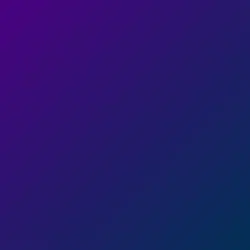
Prussian blue is one of the darker shades of blue that some people seem to mistake for indigo but when you see them side by side like in our color sample above, the difference is obvious. Although the Prussian blue does tend to dominate the color sample due to the large amount of blue in indigo, you can see the hint of purple in the top left that is free from the influence of the Prussian blue.
The difference between indigo and Prussian blue is obvious with Prussian blue being very dark with most pigment charts having Prussian blue darker than navy blue. Although most of the other blues are easy to make, Prussian blue can be a little more tricky but we do have our article going over how to make Prussian blue paint that may be helpful. That said though, if you are wanting to use Prussian blue in your artwork, most people will pick up an actual tube of Prussian blue due to it being cheap and tricky to make via mixing.
Due to Prussian blue being so much darker than indigo, it is extremely difficult to use Prussian blue as a base for mixing paints to make indigo too. Due to the stark differences in pigment, our recommendation would be to just pick up a tube of indigo paint unless you have a lighter blue and purple in your palette that you are able to use to make your own at home.
Indigo Vs Royal Blue
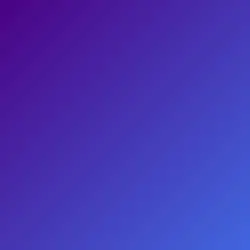
Royal blue is another popular color that can work as both a stand-alone and when mixed with other colors in the same piece of artwork as indigo. Royal blue is a lighter shade of blue making it much easier to mix it with some purple to get your own homemade indigo ink if needed. As you can see from the color sample above though, royal blue is quite different from indigo with it being a very light shade of blue with zero purple in it.
We have a dedicated article going over some of the popular royal blue color combinations but you are able to use it well with indigo in a huge range of situations due to the complementary nature of both colors. In our opinion, both colors can have their place in your collection if you do work with blues on a regular basis but the royal blue paint will usually offer you more versatility and get you more bang for your buck than a tube of indigo. If you already have a regular blue you can usually make your own royal blue by adding a little white to it though helping you to keep your costs down even further.
Due to the main difference between royal blue and indigo being that the indigo has a small addition of the purple to it then you are usually able to mix royal blue with purple to get something close to indigo. That said though, due to the addition of the white to royal blue to make it lighter than a regular blue, it may need a little more purple to darken it up that other blues or a little navy blue depending on what you have in your palette.
Indigo Vs Periwinkle
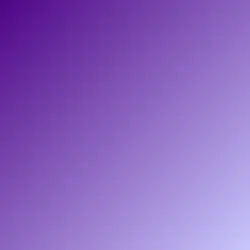
Although periwinkle is not a very commonly used color for most artists, it has seen a surge in its popularity for home decoration due to its relaxing nature. Due to this, we have noticed some people asking for a dedicated indigo vs periwinkle comparison but as you can see from the color sample above, both colors are very different to each other with periwinkle being a very light purple when compared to indigo.
The difference is obvious when you can see both indigo and periwinkle side by side to each other but both colors can be used in the same piece of artwork as they can compliment each other. The light color of periwinkle tends not to mix well with others though as it can easily be overwhelmed by other colors during the mixing process with the hint of periwinkle being totally lost.
Due to the lack of demand for periwinkle colored paint, options are limited but No products found.. That said though, you can usually make your own periwinkle paint at home using the same three to one ratio that you would use for indigo but instead of having three parts blue paint for indigo, you have three parts white paint and one part purple.
Indigo Vs Lavender
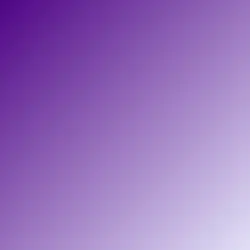
Lavender is a very light purple that can also be used with indigo but due to it being so light, you are rarely able to use lavender in place of indigo but the two can go well in the same piece of artwork. As you can see from the color sample above, when it comes to an indigo vs lavender comparison, the difference is obvious when the two colors are put side by side with lavender tending to be closer to periwinkle than any other purple due to its high concentration of white.
Lavender is considerably more popular than periwinkle though so there are plenty of lavender paint options available that you are able to use. That said though, you can usually mix some white and purple from your existing palette to help keep your costs as low and go without a dedicated tube of lavender paint if required.
Due to lavender being such a light color, it is usually overwhelmed by almost all other colors if you mix anything with it so it is usually only used as a stand-alone color. Indigo on the other hand does offer you some solid versatility with some colors making it a better option if you don’t have the required paints to make your own lavender in your palette currently.
Indigo Vs Magenta
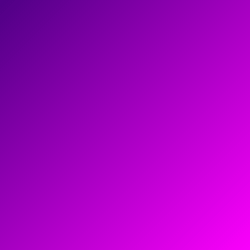
Magenta is one of those colors that can have a surprising amount of deviation between different brands selling magenta paint so there is a fair amount of wiggle room on the actual color that you will get. We have used the standard #FF00FF magenta color code for the sample above and you can see the obvious differences when put side by side indigo.
Where as indigo is more of a purple, magenta is more of a pink but some brands can have their magenta paint have a very subtle purple in there but the difference between the two is still obvious. Although magenta did fall out of popularity, it is making a comeback and it tends to work very well when used as a complementary color to indigo, when used as a stand-alone option, and when used when mixed with other colors too.
Although you are able to easily pick up a tube of a magenta paint, we often recommend that our readers try to mix other colors in with the store-bought magentas if you do want more of a brilliant pink as seen above. Although indigo and magenta are quite different colors to each other, they do work well in the same piece of artwork but can also work well without each other too.
Indigo Vs Mauve
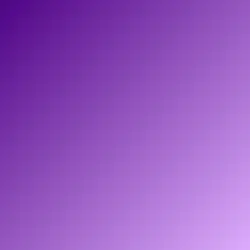
Mauve is another very light purple that you are able to easily see the difference between it and indigo when you see the two colors die by side as shown in the color sample above. Out of the lighter shades of purple, mauve is probably the most popular for arts and crafts so there are some excellent paint options available that tend to be cheaper than most people think due to the demand for mauve paint being higher than most think.
Unlike indigo that can be mixed with a number of other colors, mauve sticks to the same restrictions of the other lighter purples with it usually being lost in the mix with the majority of other colors. This tends to restrict the mauve color to being used as a stand alone option in arts, crafts, and design without it being mixed directly with other colors.
That said though, mauve does tend to complicated indigo and other blues or purples very well as a complimentary color option. If you are on a budget and don’t want to pick up a dedicated tube of mauve then you can usually make something very close by mixing white and purple on your palette prior to applying it to your canvas or paper if needed.
Conclusion
That brings our article going over the various popular indigo substitutes on the market to an end. As we have shown with the color samples above, there tends to be a number of obvious differences between indigo and the other purples and blues that people tend to commonly mistake indigo for. The vast majority of them other than the darker blues do usually go very well with indigo in arts, crafts, and home design though ensuring that you are able to use your indigo in a huge number of situations.